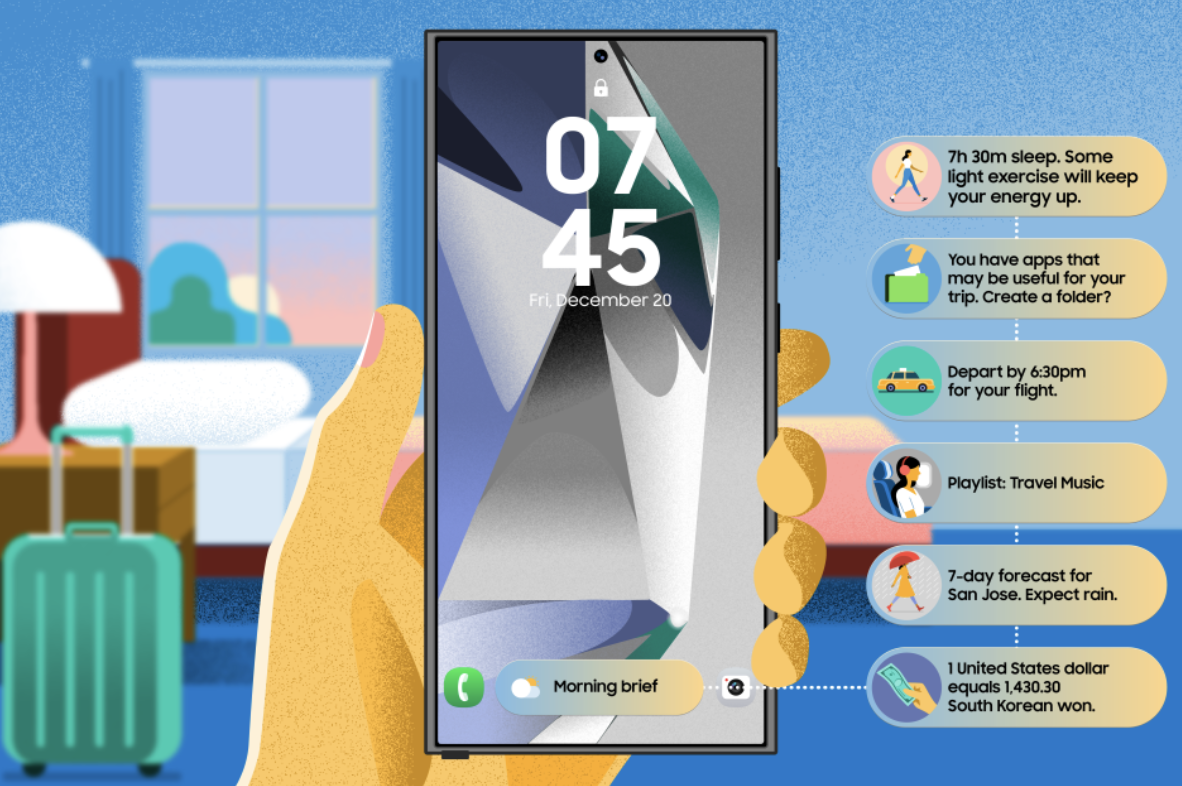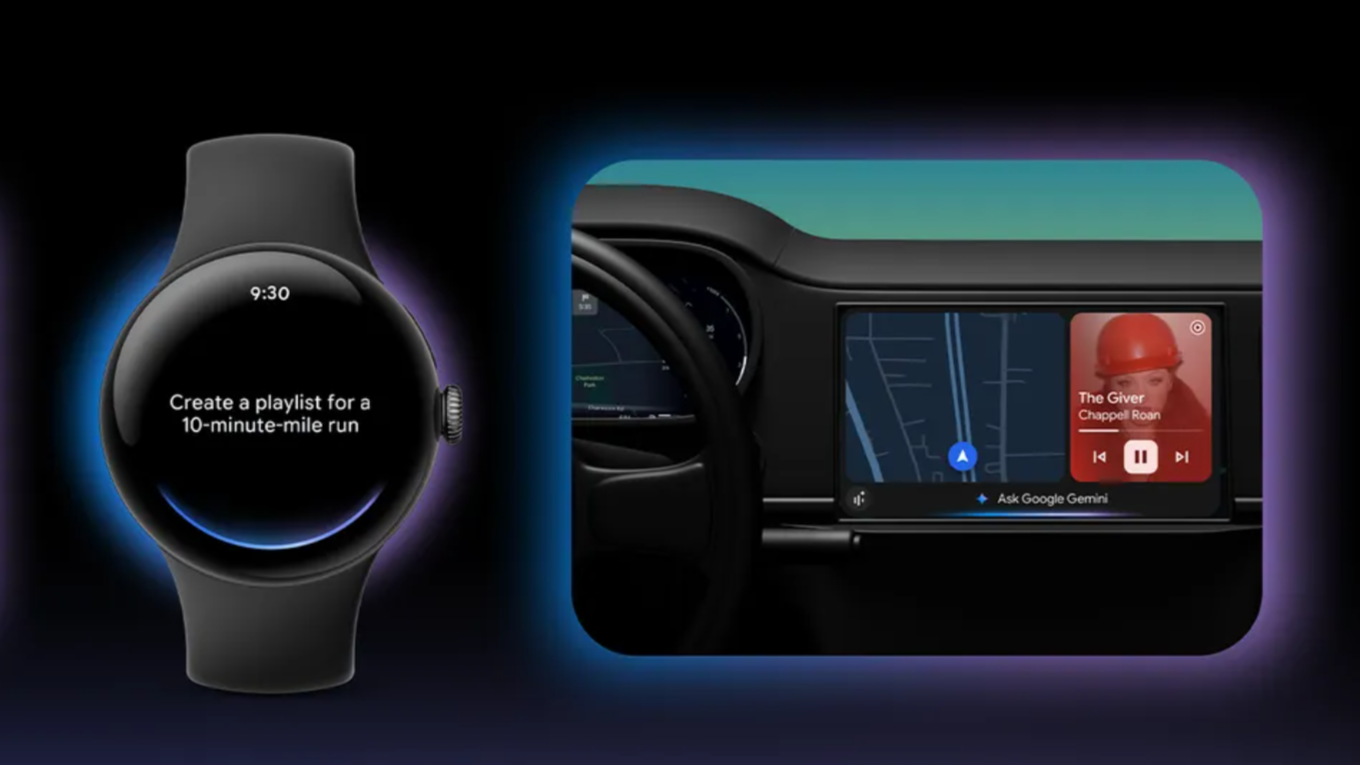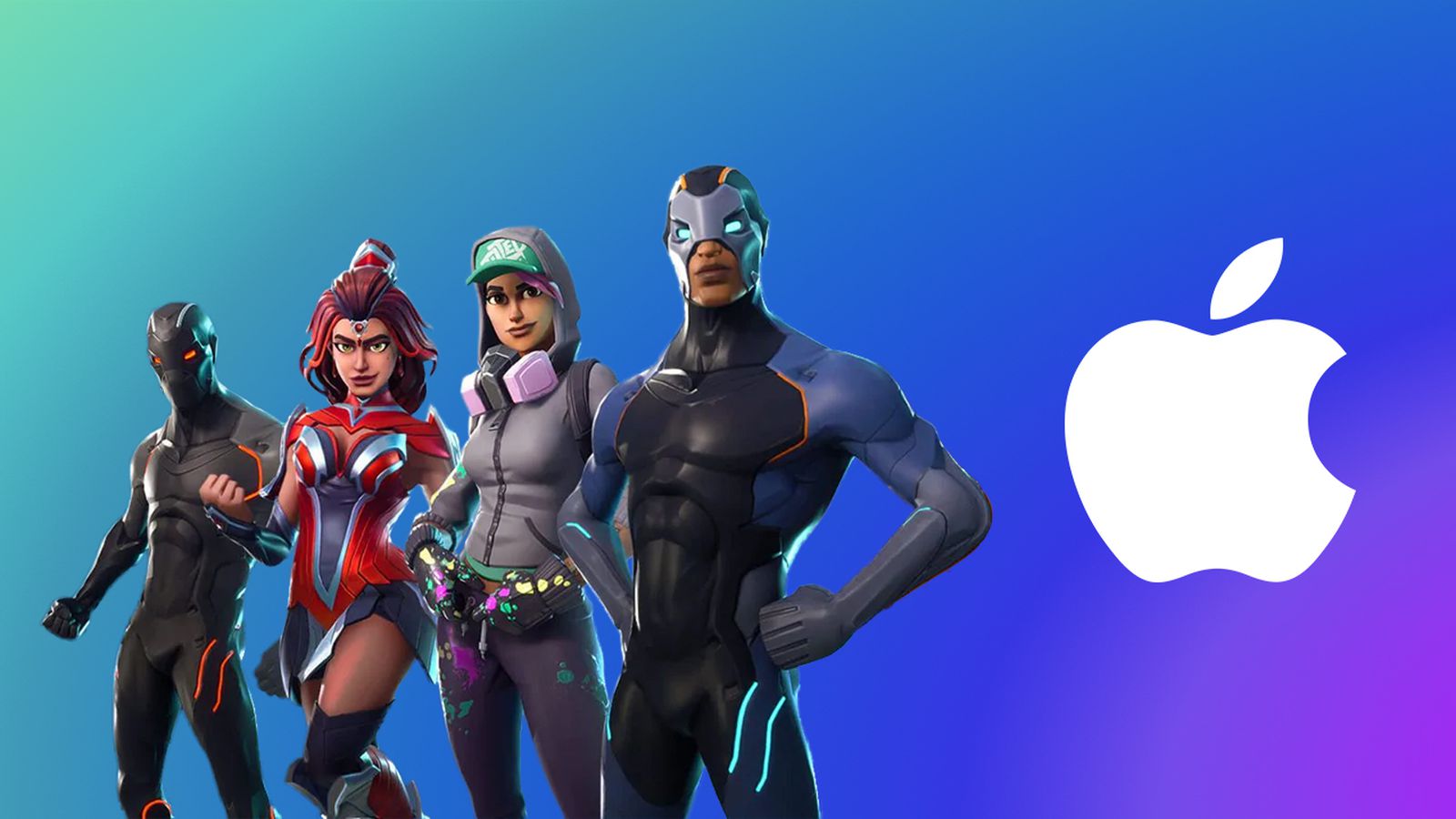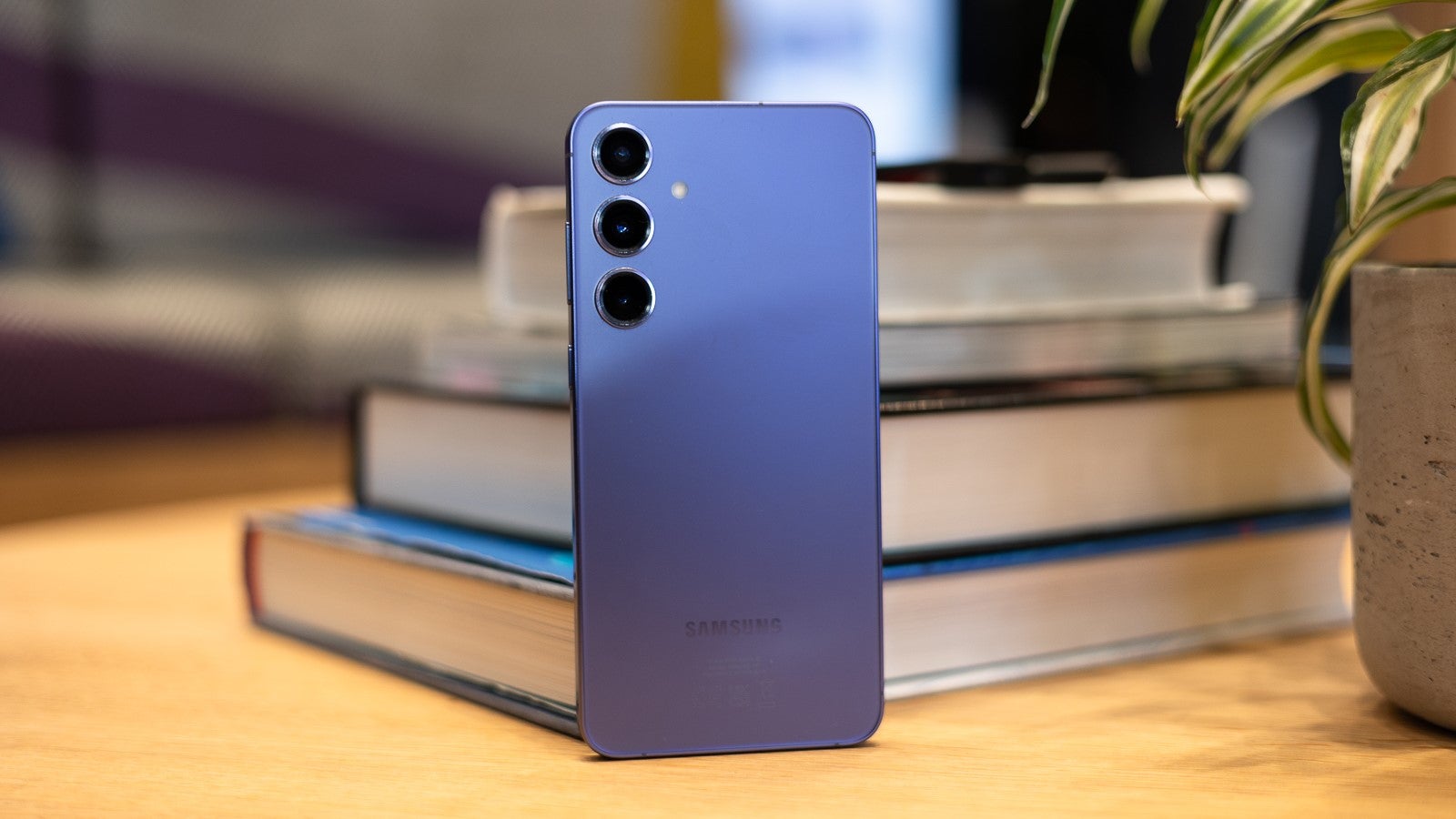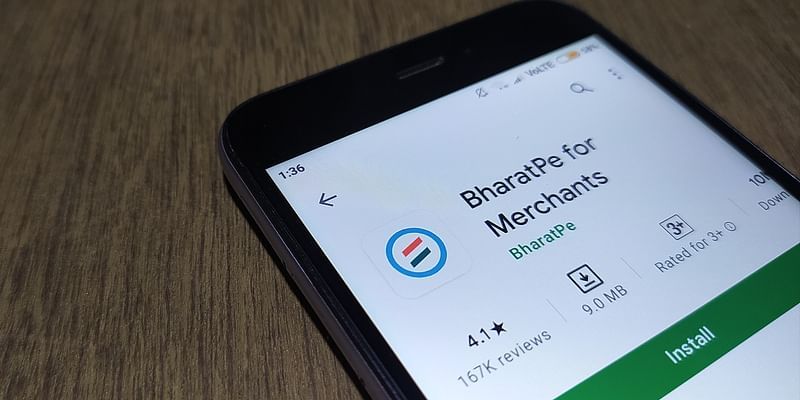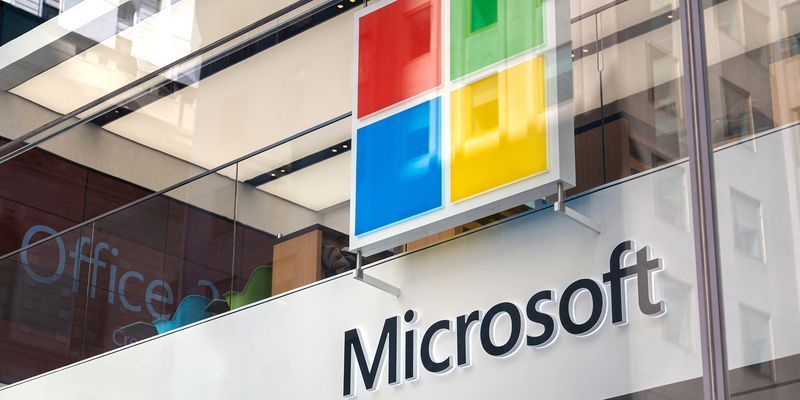How to Create a Window and Draw Pixels in Swift on MacOS?
Creating visual applications is exciting, especially when it comes to rendering pixel data. In this article, we'll explore how you can take pixel values generated in a Swift console application and display them in a window on MacOS. If you're coming from a C++ background using GLFW, you'll find Swift has its own powerful frameworks for graphics rendering. Understanding the Basics of Swift Graphics Before diving into the code, let’s understand what we need. In Swift, we can use AppKit for macOS applications to create a window and perform drawing. This is a bit different from GLFW in C++, but offers robust functionality. Step 1: Setting Up Your macOS Project To start, open Xcode and create a new macOS project: Launch Xcode and select Create a new Xcode project. Choose macOS and then App. Fill in the project details and ensure the language is set to Swift. Save your project in a chosen location. Step 2: Adding the Graphics Code After setting up your project, you will need to implement the drawing logic in the NSView subclass. Let’s create a simple view that displays the pixel data we calculated: import Cocoa class PixelView: NSView { let imageWidth: Int = 256 let imageHeight: Int = 256 override func draw(_ dirtyRect: NSRect) { super.draw(dirtyRect) let context = NSGraphicsContext.current?.cgContext for j in 0..
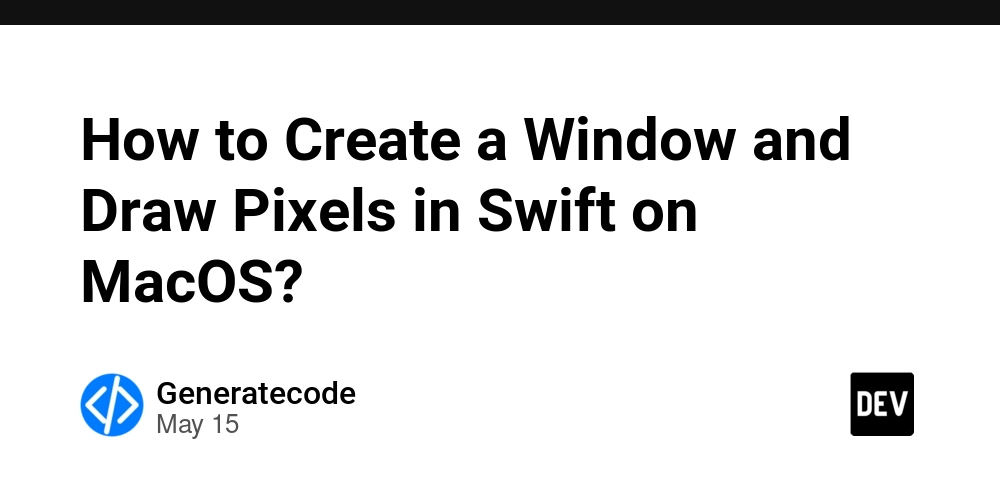
Creating visual applications is exciting, especially when it comes to rendering pixel data. In this article, we'll explore how you can take pixel values generated in a Swift console application and display them in a window on MacOS. If you're coming from a C++ background using GLFW, you'll find Swift has its own powerful frameworks for graphics rendering.
Understanding the Basics of Swift Graphics
Before diving into the code, let’s understand what we need. In Swift, we can use AppKit for macOS applications to create a window and perform drawing. This is a bit different from GLFW in C++, but offers robust functionality.
Step 1: Setting Up Your macOS Project
To start, open Xcode and create a new macOS project:
- Launch Xcode and select Create a new Xcode project.
- Choose macOS and then App.
- Fill in the project details and ensure the language is set to Swift.
- Save your project in a chosen location.
Step 2: Adding the Graphics Code
After setting up your project, you will need to implement the drawing logic in the NSView subclass. Let’s create a simple view that displays the pixel data we calculated:
import Cocoa
class PixelView: NSView {
let imageWidth: Int = 256
let imageHeight: Int = 256
override func draw(_ dirtyRect: NSRect) {
super.draw(dirtyRect)
let context = NSGraphicsContext.current?.cgContext
for j in 0..This code creates a custom NSView subclass called PixelView. Inside the draw method, we loop through each pixel, calculate the red and green color values based on its position, then fill a rectangle with the computed color.
Step 3: Creating the Window
Next, we will modify the AppDelegate to set up the main application window and display our PixelView:
import Cocoa
@main
class AppDelegate: NSObject, NSApplicationDelegate {
var window: NSWindow!
func applicationDidFinishLaunching(_ aNotification: Notification) {
window = NSWindow(contentRect: NSMakeRect(0, 0, 256, 256),
styleMask: [.titled, .closable, .resizable],
backing: .buffered, defer: false)
window.center()
window.setFrameAutosaveName("Main Window")
window.contentView = PixelView()
window.makeKeyAndOrderFront(nil)
}
}
The applicationDidFinishLaunching method initializes a new window, sets its content view to our PixelView, and then makes it visible to the user.
Step 4: Running Your Application
Now, simply run your application. You should see a window displaying a gradient of colors based on the pixel values computed in the console app. This approach mirrors what one might do in C++ with GLFW but leverages Swift's native tools effectively.
Frequently Asked Questions (FAQ)
Q: Can I modify the pixel values dynamically?
A: Yes, you can store pixel values in a buffer and update them during runtime, calling setNeedsDisplay() on your PixelView to redraw when pixel values change.
Q: What if I want to add more features, like saving the image?
A: You can utilize the Cocoa API to add functionality to save images by creating a bitmap graphics context and rendering your pixel data to an image file format.
Conclusion
In this article, we’ve walked through the process of creating a simple macOS application in Swift that draws pixels to a window. This project can serve as a jumping point for more complex rendering tasks, making it a useful framework for graphics programming in Swift. Experiment with different color computations and display mechanisms to expand your application. Happy coding!















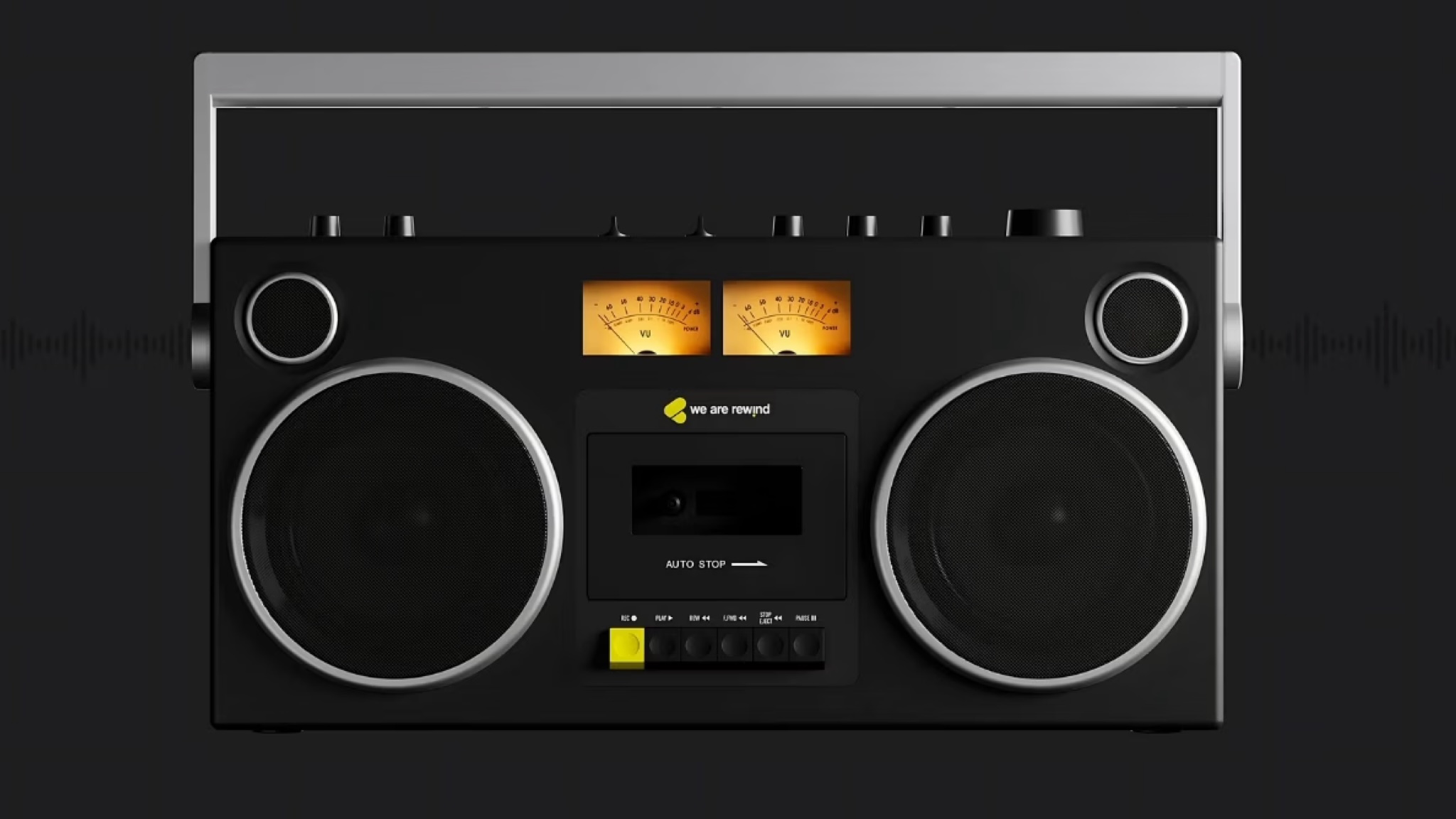






















































































































































![[The AI Show Episode 147]: OpenAI Abandons For-Profit Plan, AI College Cheating Epidemic, Apple Says AI Will Replace Search Engines & HubSpot’s AI-First Scorecard](https://www.marketingaiinstitute.com/hubfs/ep%20147%20cover.png)

























![How to Enable Remote Access on Windows 10 [Allow RDP]](https://bigdataanalyticsnews.com/wp-content/uploads/2025/05/remote-access-windows.jpg)






































































































































































![Legends Reborn tier list of best heroes for each class [May 2025]](https://media.pocketgamer.com/artwork/na-33360-1656320479/pg-magnum-quest-fi-1.jpeg?#)




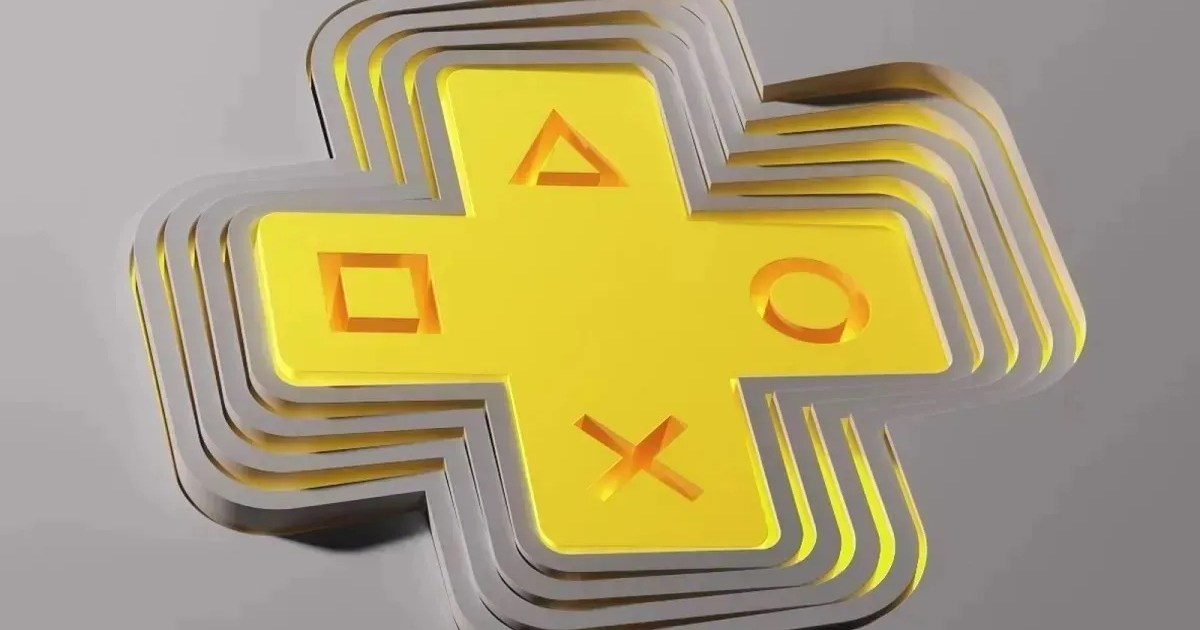



























































_KristofferTripplaar_Alamy_.jpg?width=1280&auto=webp&quality=80&disable=upscale#)








































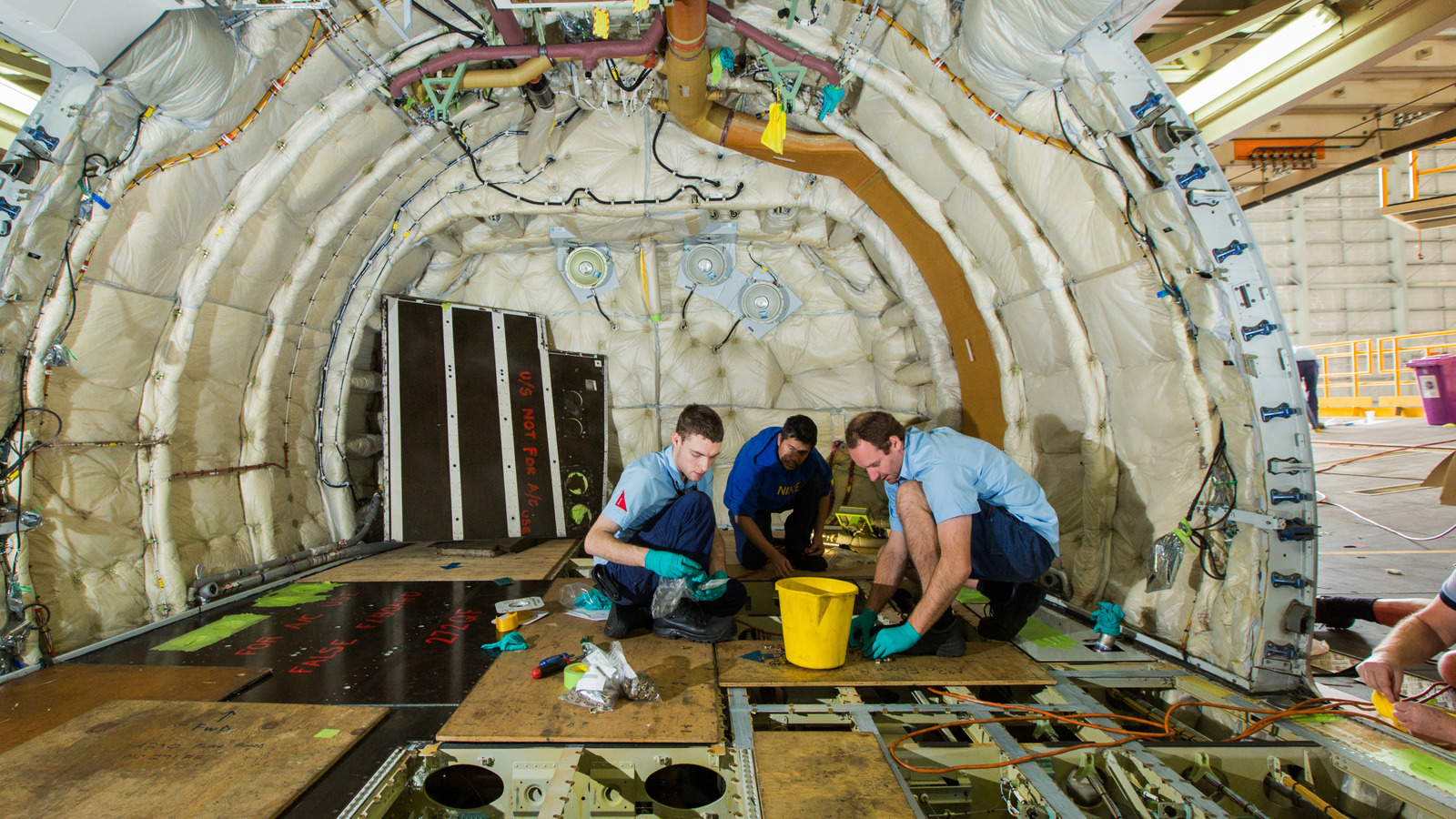







































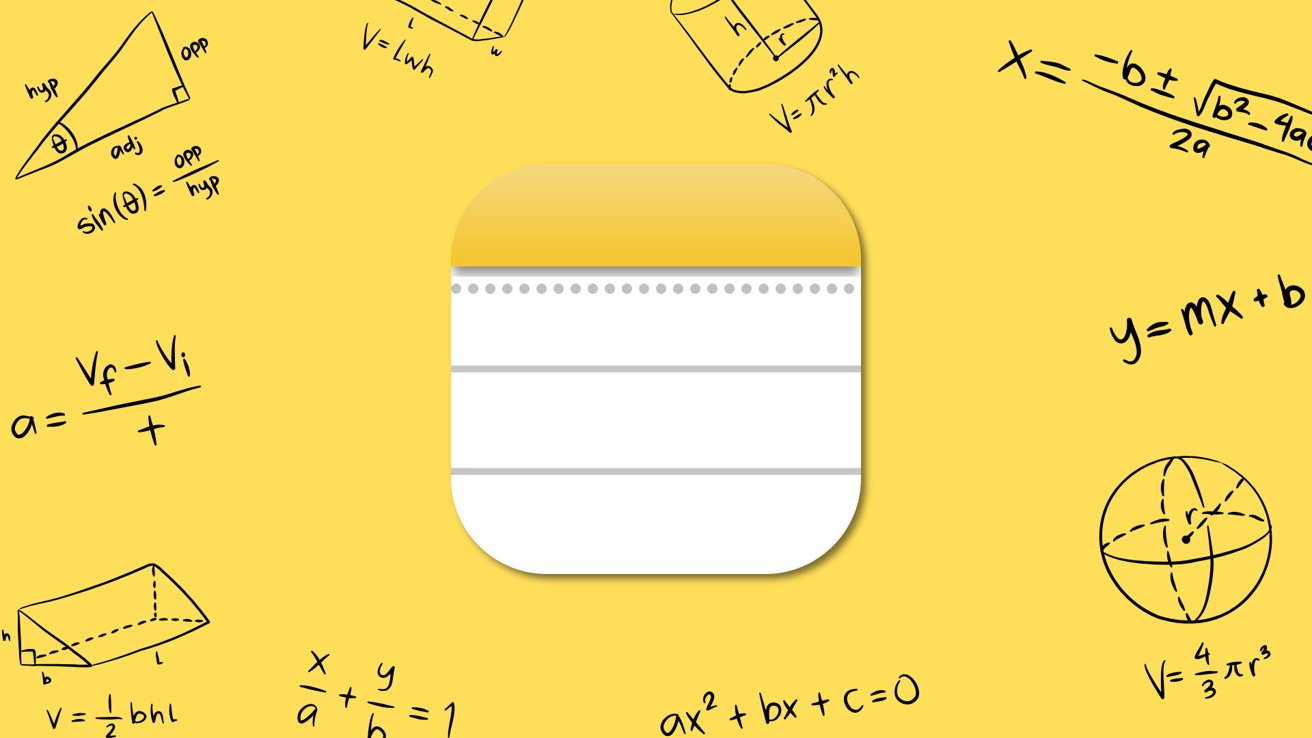
-xl.jpg)
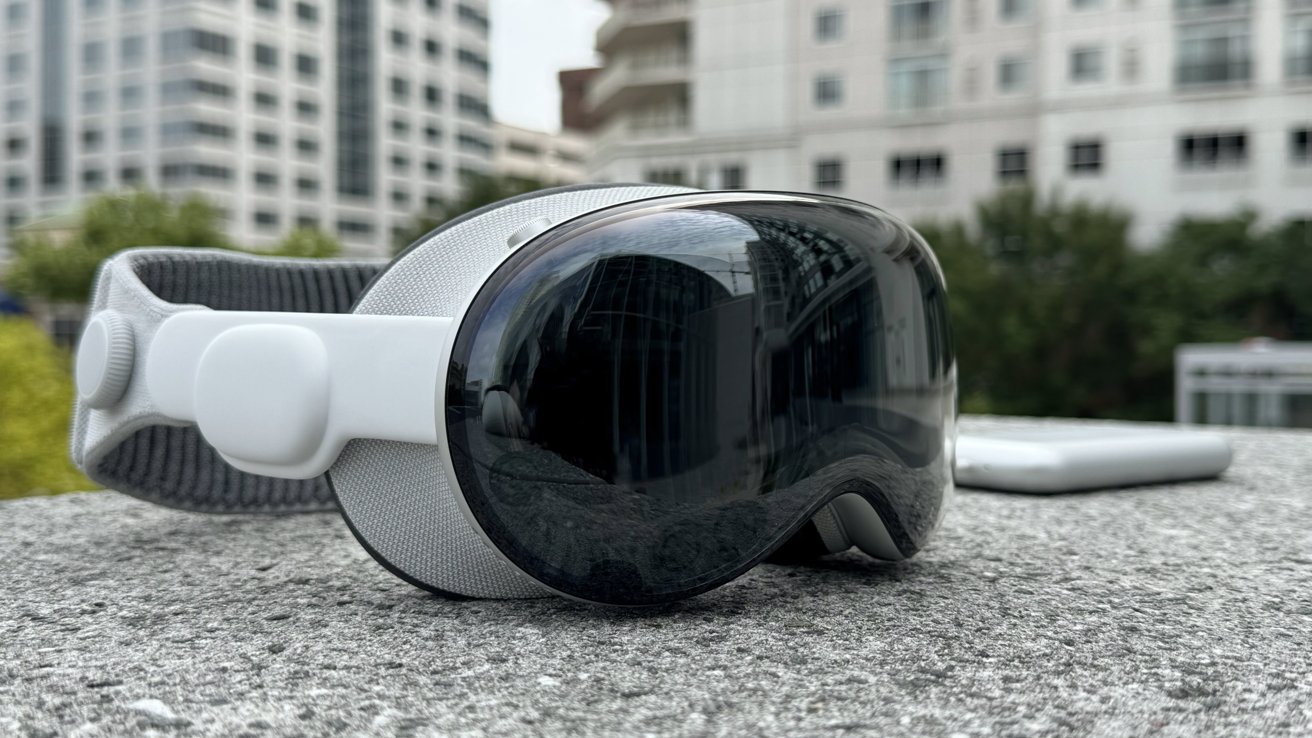


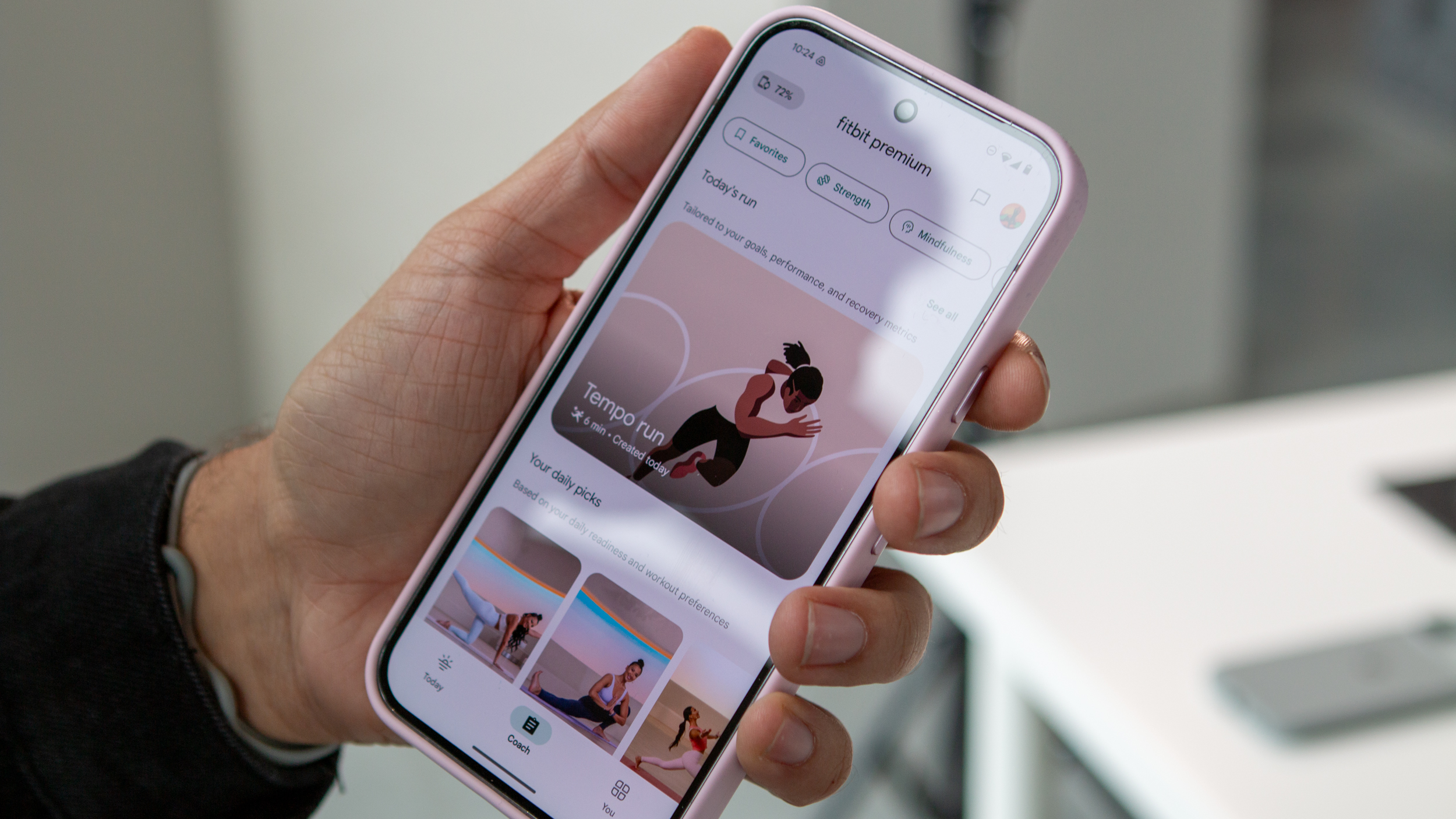


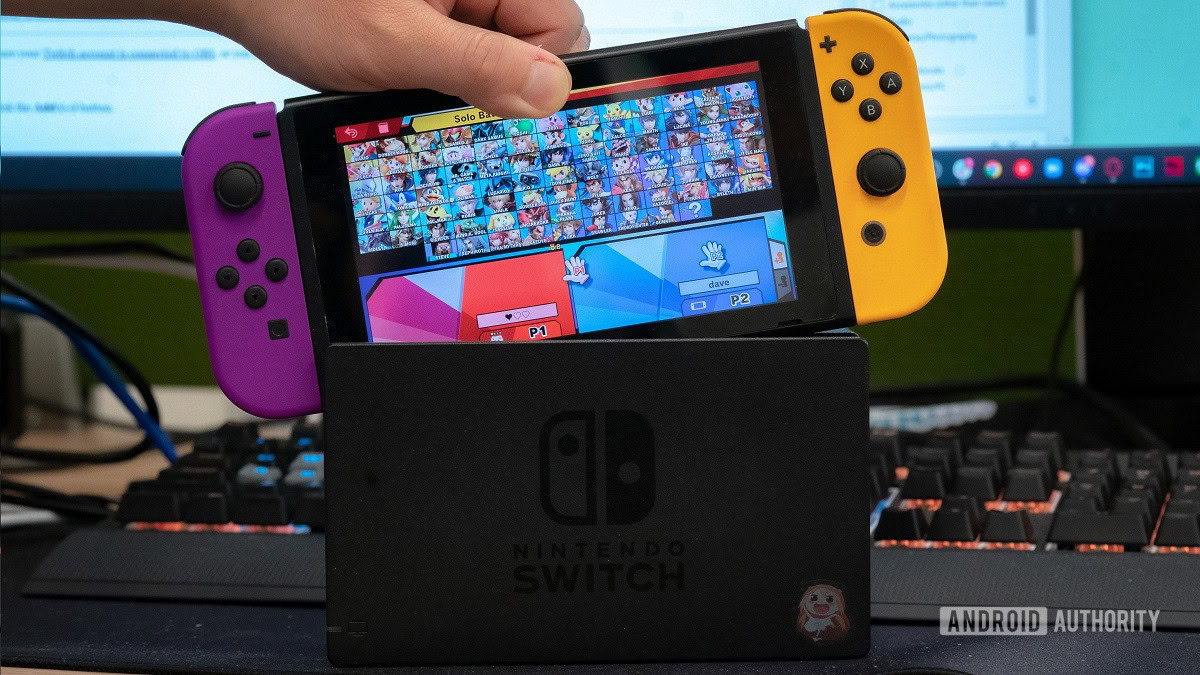
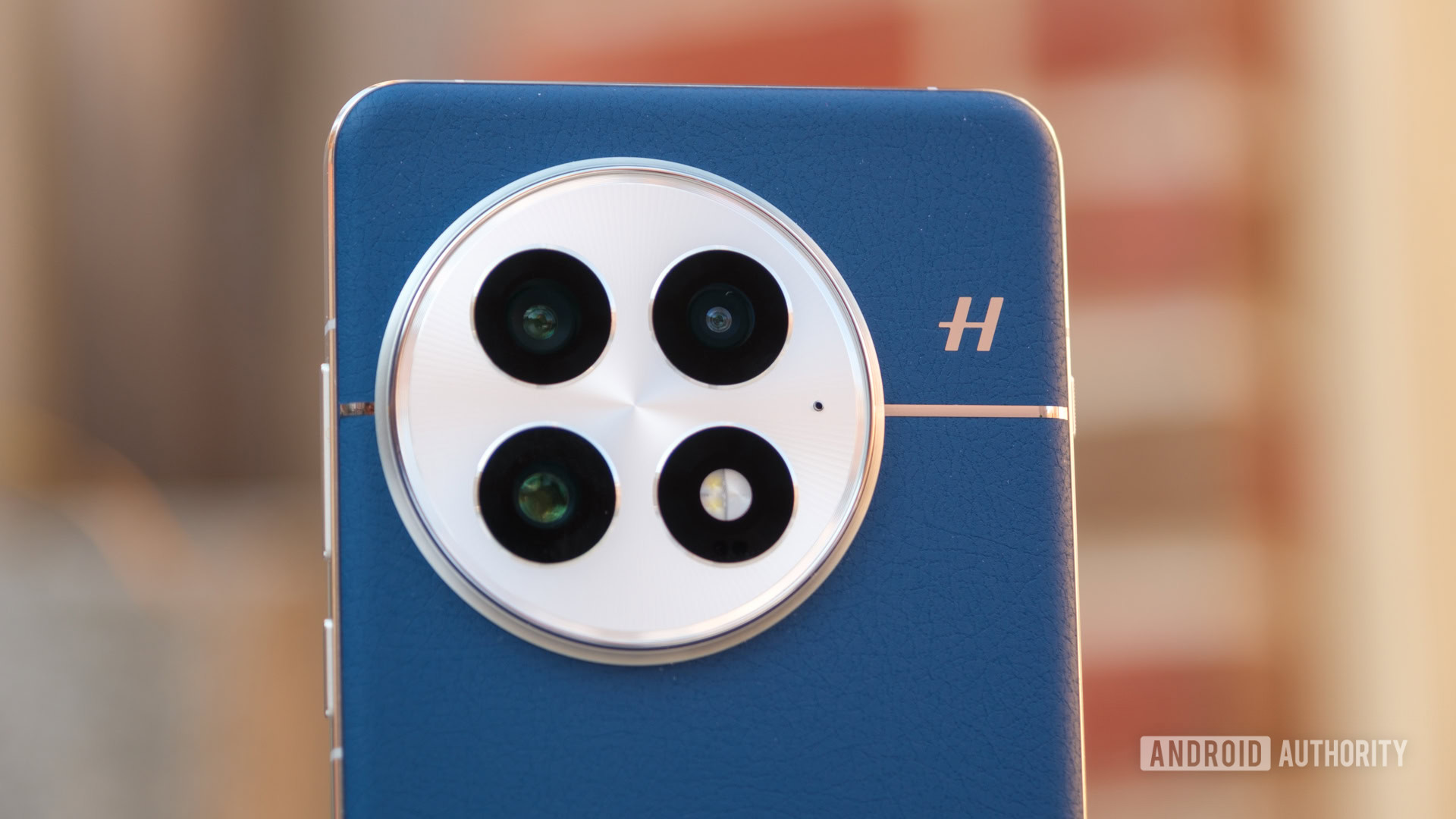
![[Open Thread] Android 16 is just weeks away, but has it met your early expectations?](https://www.androidauthority.com/wp-content/uploads/2025/03/android-16-logo-outside-hero-1-scaled.jpeg)
![SoundCloud latest company to hit trouble with AI clause in T&Cs [U]](https://i0.wp.com/9to5mac.com/wp-content/uploads/sites/6/2025/05/SoundCloud-latest-company-to-hit-trouble-with-AI-clause-in-TCs.jpg?resize=1200%2C628&quality=82&strip=all&ssl=1)




















![Vision Pro May Soon Let You Scroll With Your Eyes [Report]](https://www.iclarified.com/images/news/97324/97324/97324-640.jpg)
![Apple's 20th Anniversary iPhone May Feature Bezel-Free Display, AI Memory, Silicon Anode Battery [Report]](https://www.iclarified.com/images/news/97323/97323/97323-640.jpg)













